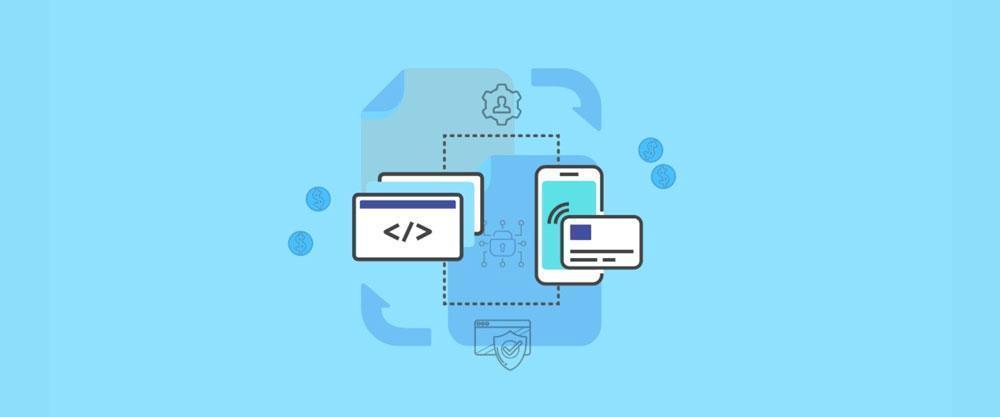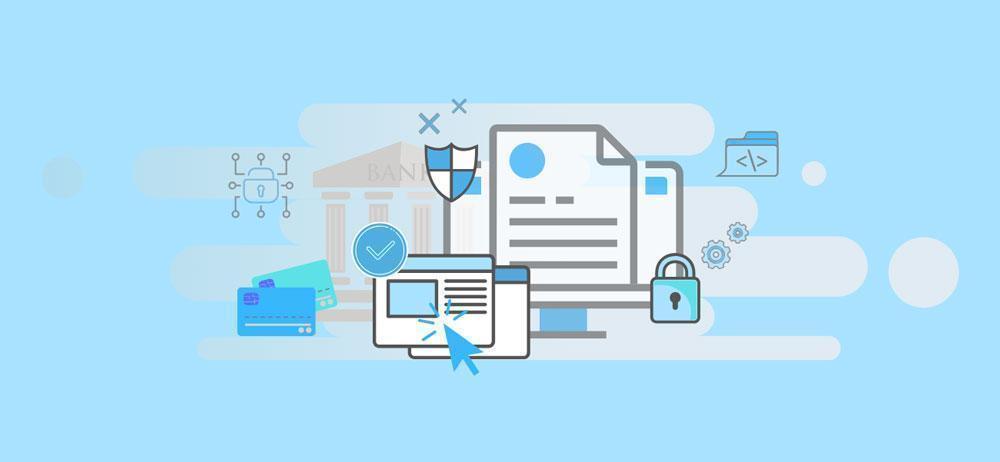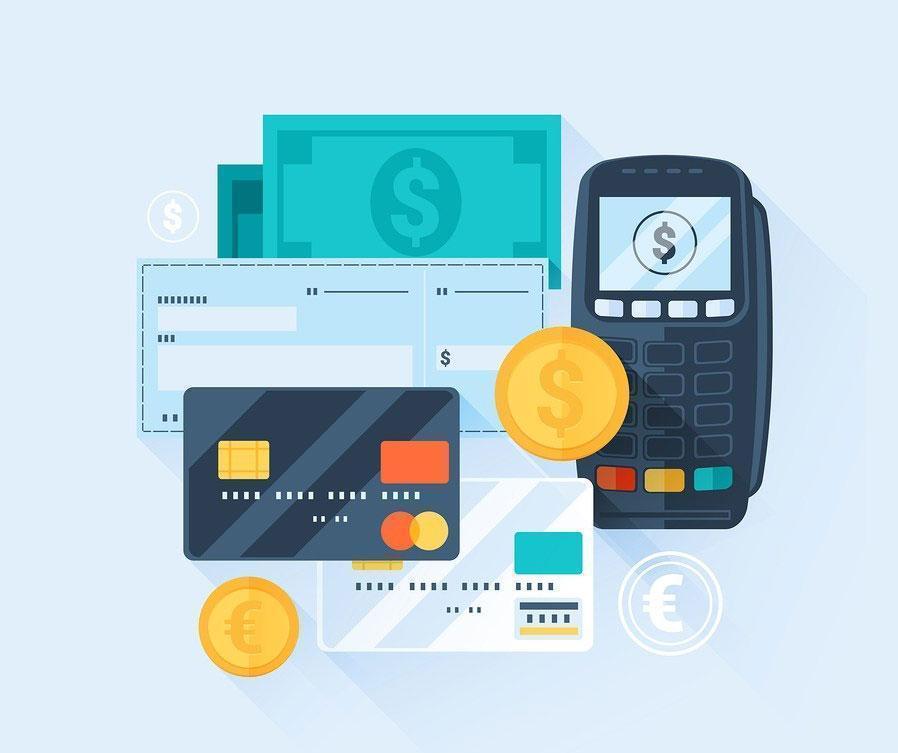There’s a whole lot of terminology to keep in mind when it comes to payment processing. While for the consumers, a credit card transaction typically takes no longer than a few seconds, the algorithm behind it is quite complex.
In this overview, we will go over some of the fundamental concepts that will help you gain a deeper insight into what happens behind the scenes and explore the integral elements that ensure the speed and safety of financial transactions you handle for customers.
The Processes Behind a Credit Card Transaction

Understanding the terms like payment facilitator, payment gateway, and merchant account is impossible without having a clear picture of what a credit card transaction is like from a FinTech perspective.
Essentially, the payment processor (the service provider that facilitates the purchase acceptance) receives and directs the credit card information via the payment gateway (the software that enables secure data transmission), then coordinates the payment’s authorization and settlement with the card networks and banks, and finally transfers the funds to the merchant account.
Here is how the credit card transaction processing goes in more detail:
- The cardholder initiates the transaction by presenting their card details via your website, POS terminal, or over the phone.
- The credit card processor will then collect this information and forward it through a payment gateway to the credit card network (like Visa or Mastercard) for authorization.
- The card network will then be in contact with the cardholder’s bank (the issuer), which can either approve or decline the purchase.
- If the issuing bank approves the transaction, the authorization gets forwarded to the processor via the card network.
- After the authorization process is complete, the issuer will place a hold on the payment sum.
- At the end of the business day, the merchant sends the approved transactions for settlement via the payment processor.
- The card network forwards the approved payments to the issuer, which will release the funds to the acquiring bank (the one a business is associated with), minus the
interchange fees.
- The funds are then deposited into the merchant account and are later transferred to the business account.
As you can see, credit card processing is way more complex than just confirming a purchase. Let’s take a look at some of its core elements in more detail.
Payment Gateway Vs. Payment Processor

Merchants that want to accept payments online need both a payment processor and a payment gateway. These terms are often used interchangeably, but while they’re interconnected, they can’t be used to describe the same thing.
A payment processor is a company that handles card transactions for a merchant, acting as an intermediary that captures the purchase information and routes it between businesses, banks, and credit card networks. It also often sells or leases the payment terminal equipment for offline stores.
Processors can support various payment methods aside from credit cards, which helps you provide a great shopping experience for your customers. They can also reduce your cost of acceptance through interchange optimization.
A payment gateway, on the other hand, is a software solution that aims to create a secure link between an eCommerce site and the processor. It encrypts the sensitive card data and verifies its authenticity.
Thus, the main difference between these two key elements of online payment processing is that the processor is a service provider facilitating the transaction, while the gateway is the communication channel responsible for secure data transmission.
Also, note that for purchases at a brick-and-mortar store, the POS terminal you can obtain from a processor is enough to accept payments. However, for transactions conducted online, a payment gateway is essential.
Merchant Account Vs. Business Account

As you’ve probably noticed in the card transaction processing overview, there’s a merchant and business account involved.
The critical distinction between a merchant account and a business bank account is that the former allows you to manage credit card transactions while the latter enables you to manage all of your funds.
As your clients conduct credit and debit card payments, the funds from each payment are saved in your merchant account. You can transfer these funds to your business account and use them to pay bills, process payroll, and handle other expenses.
You can apply for a merchant account via your existing bank. However, since different payment channels often require separate merchant accounts, the easier way is to collaborate with a payment processor, as they can provide those as a part of a service package tailored to your business needs.
What Is a Payment Facilitator?
There are two types of merchant account providers:
- an Independent Sales Organization (ISO)
- a Payment Service Provider (PSP), aka a Payment Facilitator (PayFac).
You may have also heard the name “Member Service Provider (MSP)”, which is the term Mastercard uses to call ISO.
While both types of merchant account providers can assist you with equipment and services, an ISO will provide you with your own merchant account, whereas a payment facilitator won’t. With the latter, you will join as a sub-merchant under a larger account, which saves you the trouble of applying for your own.
PayFacs are also likely to ensure a more seamless payment experience for your clients and greater back-office functionality for merchants. Thus, a payment facilitator is usually the best choice for businesses that process under $1 million in payment volume annually, while ISO is more suitable for larger companies.
Payneteasy: Your One-Stop-Shop for Payment Solutions

There are many elements that need to be present for an eCommerce business to function properly, including a sales platform, a payment processor, a payment gateway, and at least one merchant account.
Collecting these aspects into one seamlessly functioning ecosystem would take a lot of time and effort. That’s where Payneteasy comes in. We offer a wide variety of payment services designed to fit your business needs.
Here are some of the solutions we offer:
We also have the expertise and resources to work with unique projects that require tailor-made solutions. All you have to do is send us a request via our
contact form, and we’ll get back to you within one business day.
Reach out now to start accepting payments in no time!
Contact author






